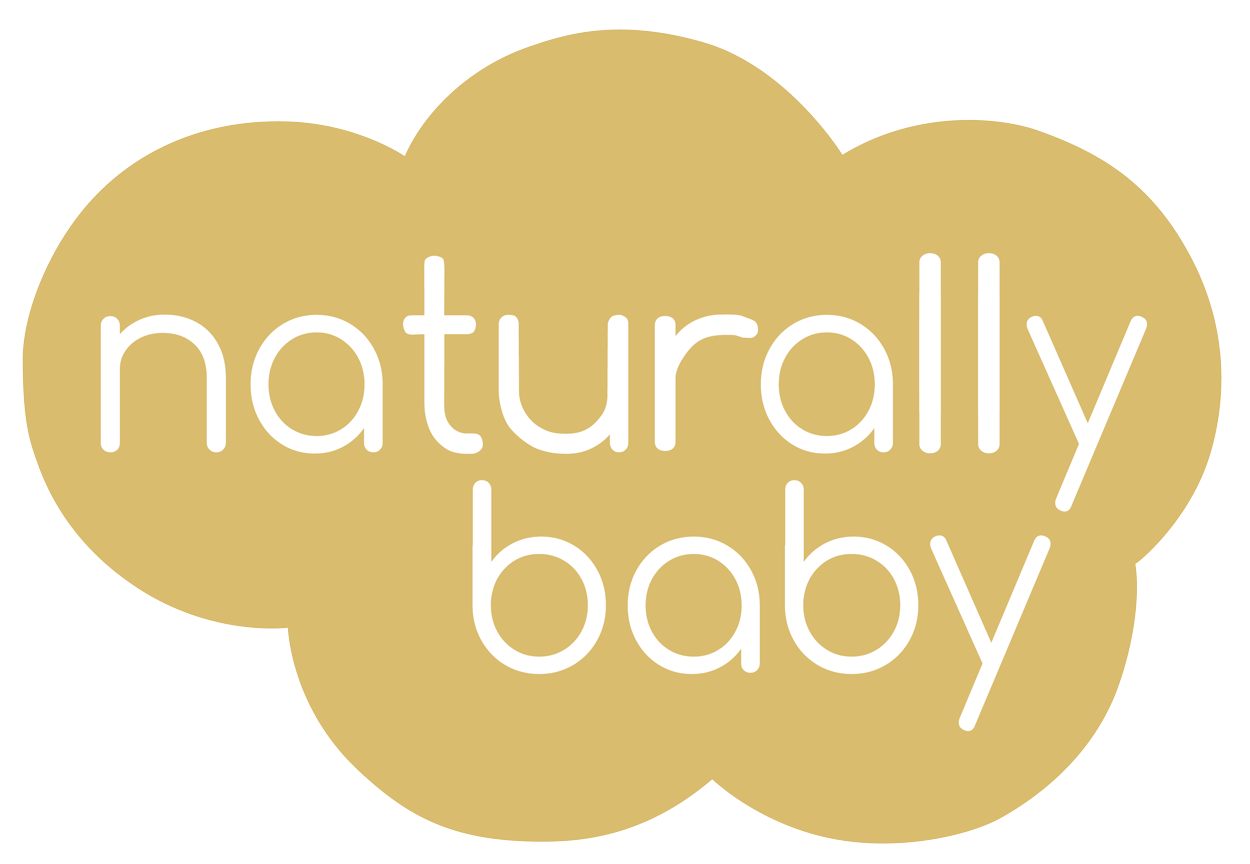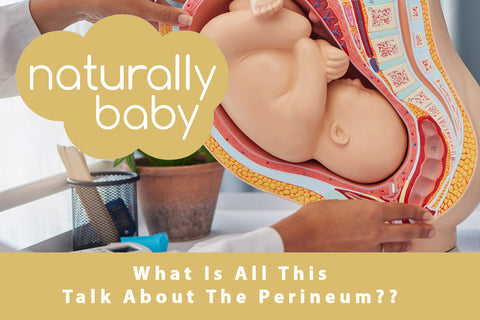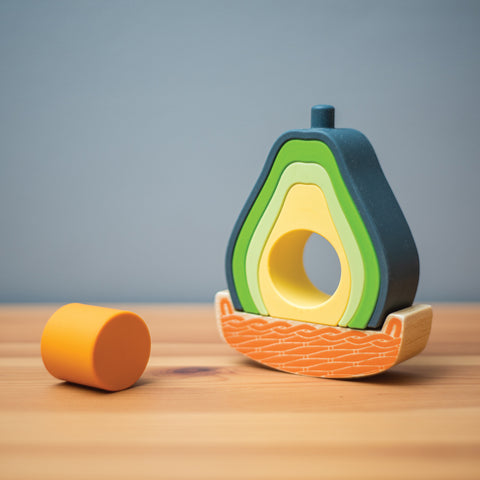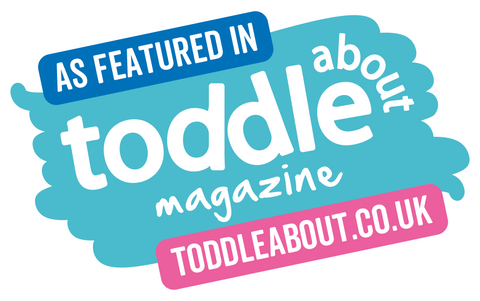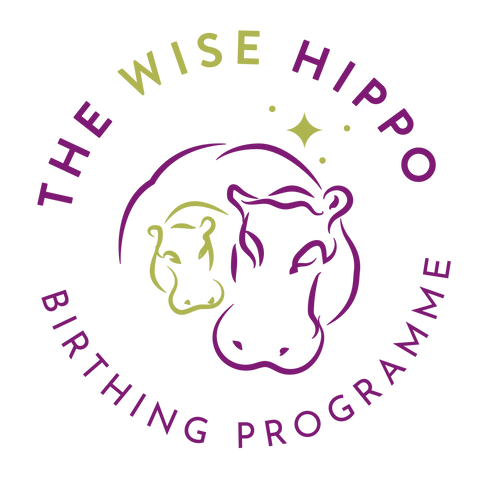What is all this talk about the perineum??
Your perineum is the short area between the bottom of the entrance to your vagina and your back passage. This is the area of skin and muscle that needs to be the most flexible, supple and forgiving during the birth of your baby and the area that can be most influential in future levels of continence.
Your perineum is part of your pelvic floor and is therefore kept in good shape by all the pelvic floor exercises you do each day - you are doing them, aren’t you?? They are vital for perineal fitness and optimum functioning of the pelvic floor, especially after childbirth and into old age. If you follow Instagram have a look at @femalephysioco they are a team of physiotherapists, based in Australia, who focus on women’s health, especially ways to look after your perineum. They explain and encourage different ways in which to do daily exercises and resolve common problems. You may also find it useful to contact personal trainers, locally, who also focus on the pelvic floor and women’s health, such as Mari Carmen or Beth Davies.
What else can you do to reduce the risk of severe tearing or OASI (Obstetric Anal Sphincter Injury) during the birth of your baby?
• From around 34 weeks of pregnancy, you can begin to gently massage your perineum to make it more supple and flexible in preparation for allowing the passage of the baby.
• Being aware of the position that you adopt as you move into the second – pushing – stage of labour. Try to be upright and slightly forward, on all fours or lying on your left hand side – anything other than flat on your back with your legs in the air.
• Allow your body to do its magical stuff! Allow your body to move the baby right down into the pelvis before you actually start pushing, so even if you’re told you are fully dilated and ready to push, it is better to wait until your body changes your contractions from dilating to expulsive. This is perfectly acceptable as long as you and baby are coping well with this stage. If either you or baby, or both of you, are beginning to become exhausted and it looks as if baby needs to be delivered sooner rather than later then the midwife may ask you to begin pushing.
• Controlling the ‘crowning’ stage of your delivery. As the baby’s head is delivered it can be very beneficial for this to happen in a slow and controlled manner, both in terms of reducing perineal tears and possible trauma for the baby. The midwife can help you with this and will advise you to ‘pant’, or ‘blow’ or just stop actively pushing, allowing the natural expulsive nature of the contractions to deliver the baby.
• The midwife can also help by applying warm compresses and slight counter pressure to your perineum during the pushing stage. The warmth encourages the blood flow and thus the elasticity of the skin and muscles.
Have a look at this video for more explanation and also take a look at out antenatal classes packed full of essential information and support!
